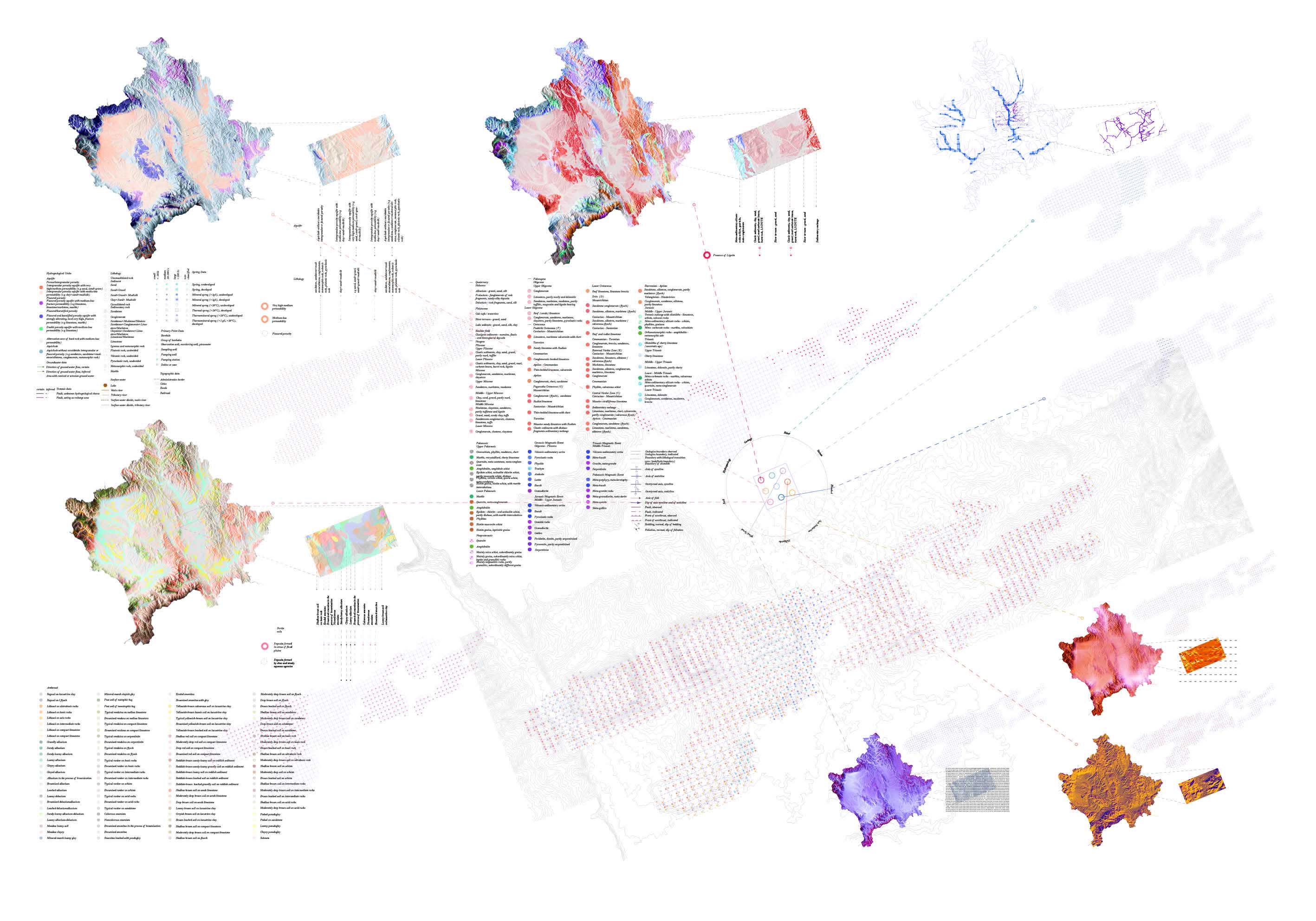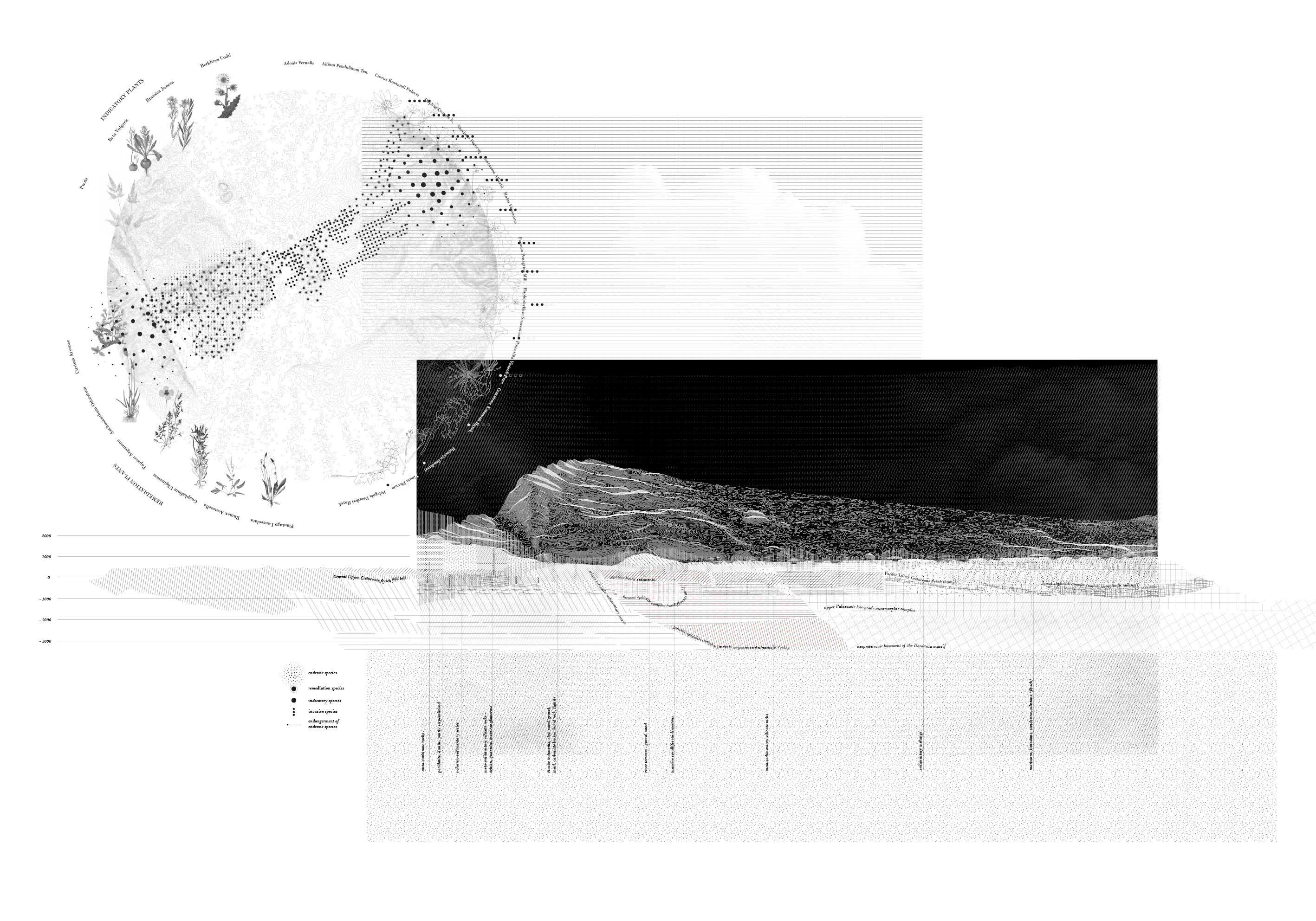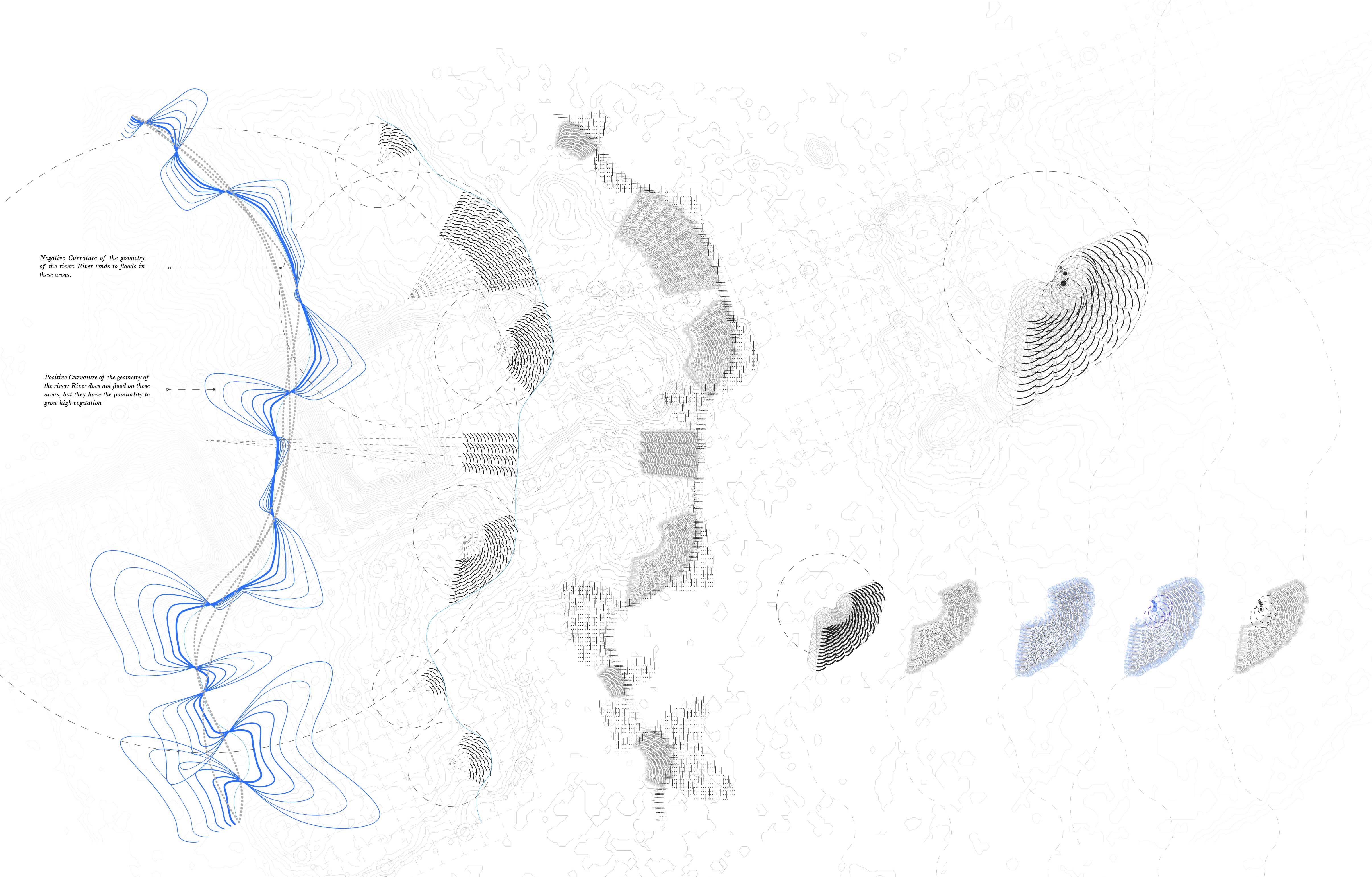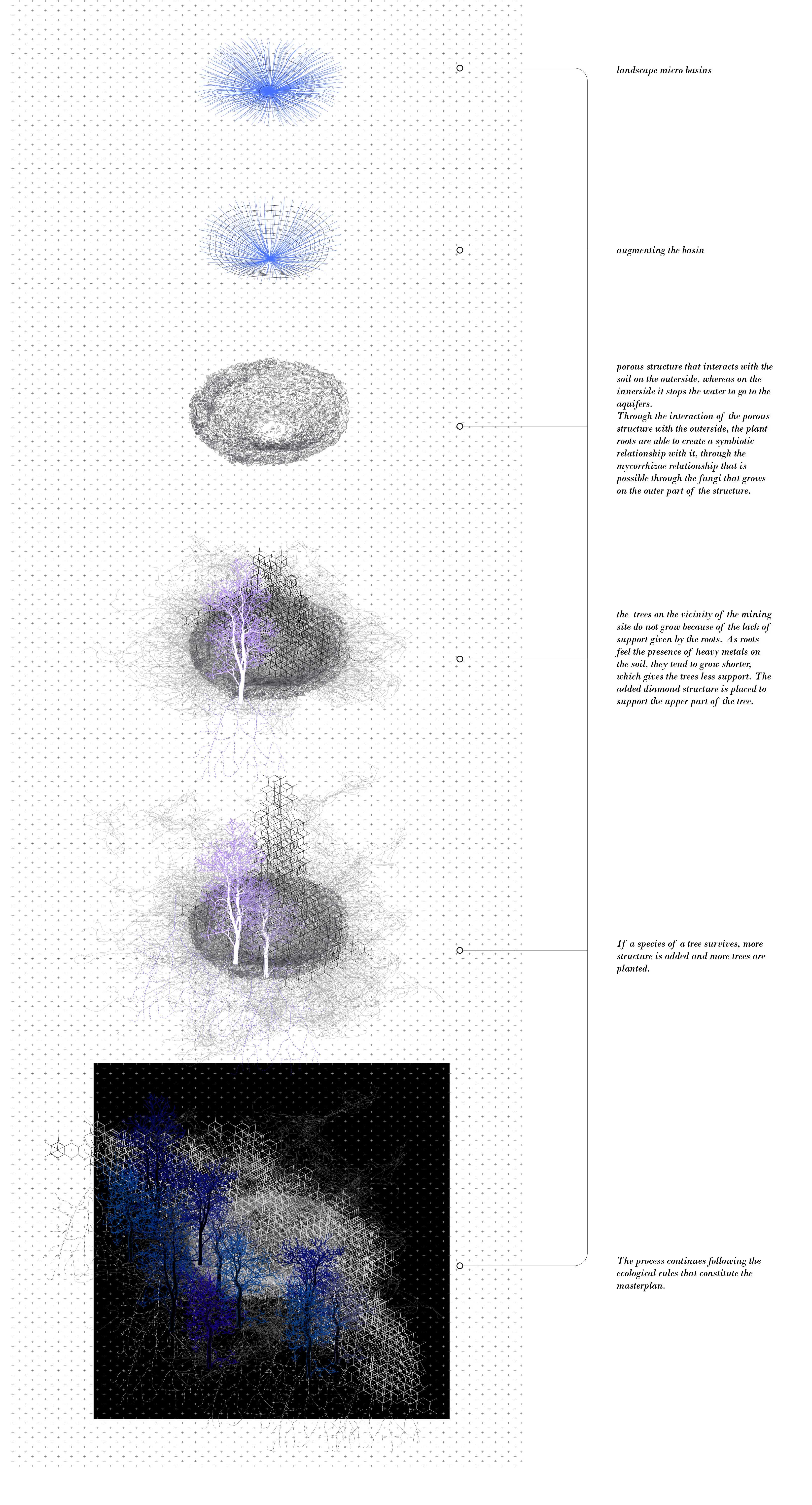calligraphies of disturbances
A testing ground for an augmented ecology
"Disturbances" is a concept used in ecology to describe changes in environmental conditions that lead to shifts in ecosystems. The project recognizes disturbances as a constant state within both landscapes and architecture.
academic supervisor: Elisa Cattaneo
"Disturbances" is a concept used in ecology to describe changes in environmental conditions that lead to shifts in ecosystems. The project recognizes disturbances as a constant state within both landscapes and architecture.
academic supervisor: Elisa Cattaneo
This research project explores disturbances through the lens of landscape and architecture. “Disturbances” is a concept used in ecology to describe changes in environmental conditions that lead to shifts in ecosystems. The project recognizes disturbances as a constant state within both landscapes and architecture.
Focusing on a toxic landscape—a coal mining site near Prishtina—the project reimagines these areas as open seedbanks: experimental sites of ecological research dedicated to studying the externalities of energy systems and their impact on ecological patterns within constantly disturbed environments. The constructed ecology is envisioned as an experimental landscape where toxic agents interact with ecological patterns in an ongoing state of disturbance.
Focusing on a toxic landscape—a coal mining site near Prishtina—the project reimagines these areas as open seedbanks: experimental sites of ecological research dedicated to studying the externalities of energy systems and their impact on ecological patterns within constantly disturbed environments. The constructed ecology is envisioned as an experimental landscape where toxic agents interact with ecological patterns in an ongoing state of disturbance.







